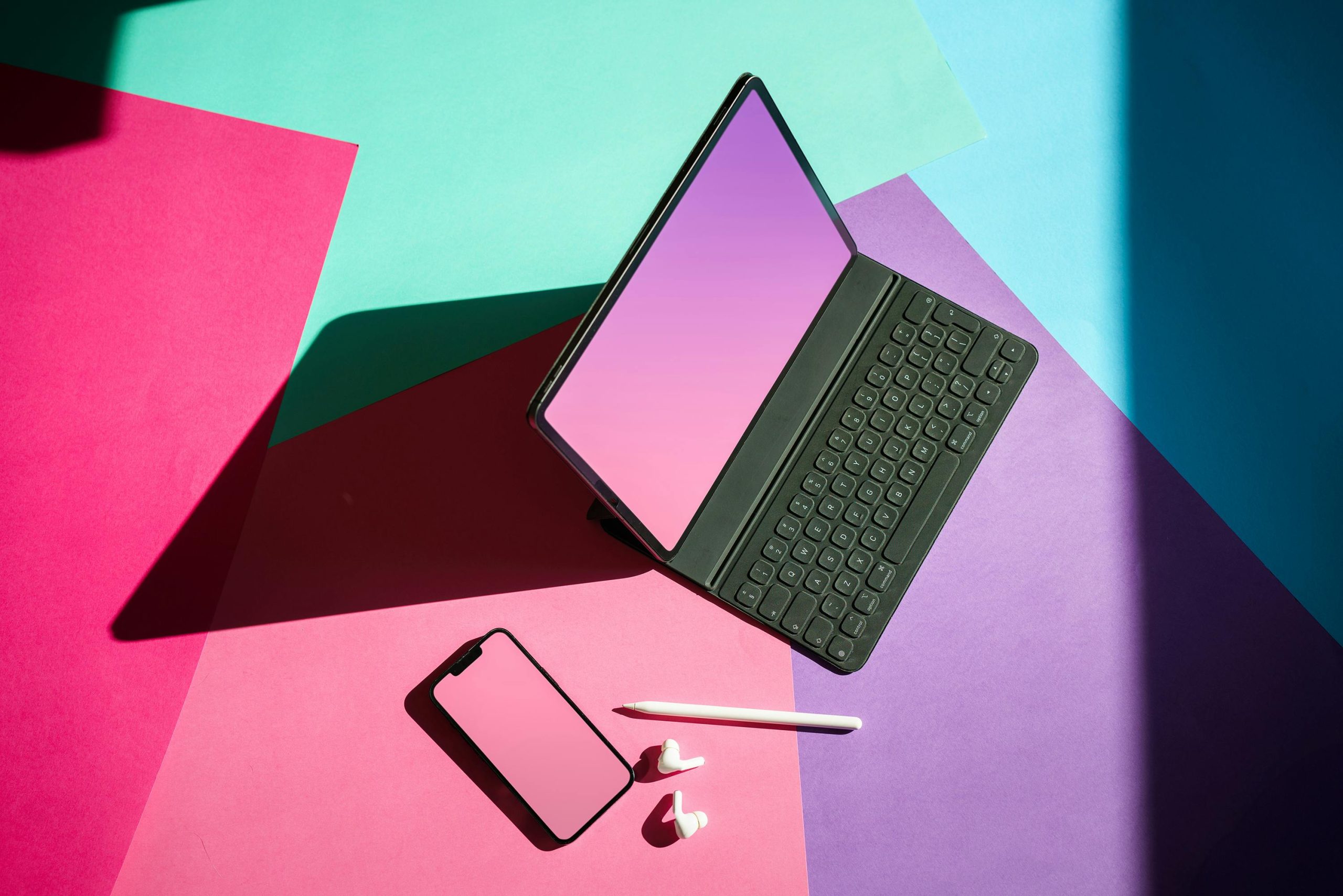As we move into 2024, the world of UI/UX design is rapidly evolving. With new technologies, user expectations, and design aesthetics shaping the digital landscape, staying updated on the latest trends is essential for creating intuitive and engaging user experiences. From bold visual styles to innovative interaction models, some trends are set to dominate the industry, while others are fading out.
Let’s dive into the UI/UX design trends that are making waves in 2024, and which ones are falling by the wayside.
What’s Hot in 2024
1. AI-Driven Personalization
Artificial intelligence is transforming how users interact with digital products, with AI-driven personalization taking center stage in 2024. Personalized user experiences, powered by machine learning algorithms, tailor content, recommendations, and even entire interfaces to individual preferences.
Why It’s Hot:
Personalization makes users feel valued, improving engagement and satisfaction by delivering relevant content and experiences tailored to their needs.
Example:
Streaming platforms recommending personalized content based on viewing habits, or e-commerce sites displaying products based on browsing behavior.
2. Dark Mode Evolution
Dark mode continues to be a top trend, but in 2024, it’s evolving. Designers are now focusing on creating more dynamic and visually engaging dark themes, using gradients, textures, and vibrant accent colors to enhance the user experience.
Why It’s Hot:
Dark mode not only reduces eye strain in low-light environments but also conserves battery life for OLED screens. It’s increasingly becoming the default choice for users, especially in apps and websites.
Example:
A fitness app offering a sleek, high-contrast dark mode that enhances readability while integrating animated elements for an immersive experience.
3. Immersive 3D and Augmented Reality (AR)
With advancements in hardware and software, 3D elements and augmented reality are becoming more prevalent in web and app design. These technologies create immersive experiences that engage users in new and exciting ways, from virtual try-ons to interactive product demonstrations.
Why It’s Hot:
3D and AR bring depth and realism to user interfaces, offering interactive experiences that go beyond traditional flat design. This is especially impactful in retail, gaming, and real estate industries.
Example:
Furniture retailers using AR to allow users to place virtual furniture in their homes before purchasing, providing a more engaging and practical shopping experience.
4. Minimalist, Content-First Design
Minimalism is here to stay, but in 2024, it’s being refined. Content-first design is now a major focus, ensuring that users are presented with the most important information without unnecessary clutter. This approach emphasizes clarity, white space, and functional simplicity.
Why It’s Hot:
Users crave simplicity and direct access to the information they need. A clean, uncluttered interface improves navigation and overall user satisfaction.
Example:
News apps that use minimalist layouts to prioritize headlines and key information, with intuitive navigation allowing users to find more in-depth content quickly.
5. Micro-Interactions with Animation
Micro-interactions have been a trend for a few years, but in 2024, they’re becoming even more refined and purposeful. Subtle animations guide users through processes, provide feedback, and enhance the user experience without being overly distracting.
Why It’s Hot:
Micro-interactions make digital products feel more intuitive and responsive, improving usability by offering real-time feedback and reinforcing actions.
Example:
An e-commerce site where the “Add to Cart” button briefly animates to confirm the action, providing a satisfying user interaction.
6. Voice User Interface (VUI)
With the rise of virtual assistants like Siri, Alexa, and Google Assistant, voice user interfaces are becoming a prominent feature in digital product design. In 2024, more apps and websites will integrate voice commands and search, enhancing accessibility and user convenience.
Why It’s Hot:
Voice interfaces allow for hands-free, efficient interactions, particularly for users on the go or those with accessibility needs. They also enable quicker navigation and personalized experiences.
Example:
A navigation app where users can search for locations, get directions, and adjust settings using voice commands, all while driving.
What’s Not in 2024
1. Overuse of Flat Design
Flat design, once the dominant UI trend, is beginning to lose its appeal. While it’s still useful in certain cases, the overuse of flat, simplistic interfaces has resulted in designs that feel too generic and lack depth.
Why It’s Not:
As users seek more engaging and immersive experiences, flat design’s limitations have become more apparent. Users now prefer designs with more visual interest, such as 3D elements or layered, semi-flat designs that offer depth and dimension.
2. Excessive Use of Bright, Neon Colors
Bold and bright neon colors had their moment, but in 2024, they are on the decline. While attention-grabbing, these colors often strain the eyes and detract from user experience, especially in long-term use.
Why It’s Not:
Neon colors, when overused, can overwhelm users and reduce readability. In their place, more muted and neutral tones with accent colors are being favored for a more balanced, user-friendly design.
3. Complicated Navigation
Complex navigation menus and multi-layered structures are becoming a thing of the past. Users want quick, easy access to information without having to sift through multiple layers or confusing interfaces.
Why It’s Not:
Simplicity is key. Modern users prefer intuitive, straightforward navigation that gets them to their desired content with minimal effort. Overly complex structures frustrate users and increase bounce rates.
4. Stock Imagery Overload
While stock photos have long been a staple in UI/UX design, relying heavily on generic, overused images is no longer effective. Users are increasingly valuing authenticity and originality.
Why It’s Not:
In 2024, businesses are opting for custom illustrations, graphics, and photos that reflect their brand identity, rather than using impersonal stock images that do little to differentiate their brand.
Conclusion
The UI/UX design trends of 2024 emphasize personalization, immersion, and simplicity, while moving away from generic and overly complex designs. As users’ expectations evolve, designers must continue to focus on creating experiences that are intuitive, visually engaging, and user-centric.
By embracing trends like AI-driven personalization, dark mode evolution, 3D and AR elements, and minimalist designs, businesses can create digital products that stand out in today’s competitive market. Conversely, moving away from flat, neon-heavy designs and complex navigation will ensure a smoother, more enjoyable user experience.
At TechVraksh, we’re committed to staying at the forefront of UI/UX design trends. If you’re looking to create a cutting-edge, user-friendly digital product, let’s collaborate and make it happen!

